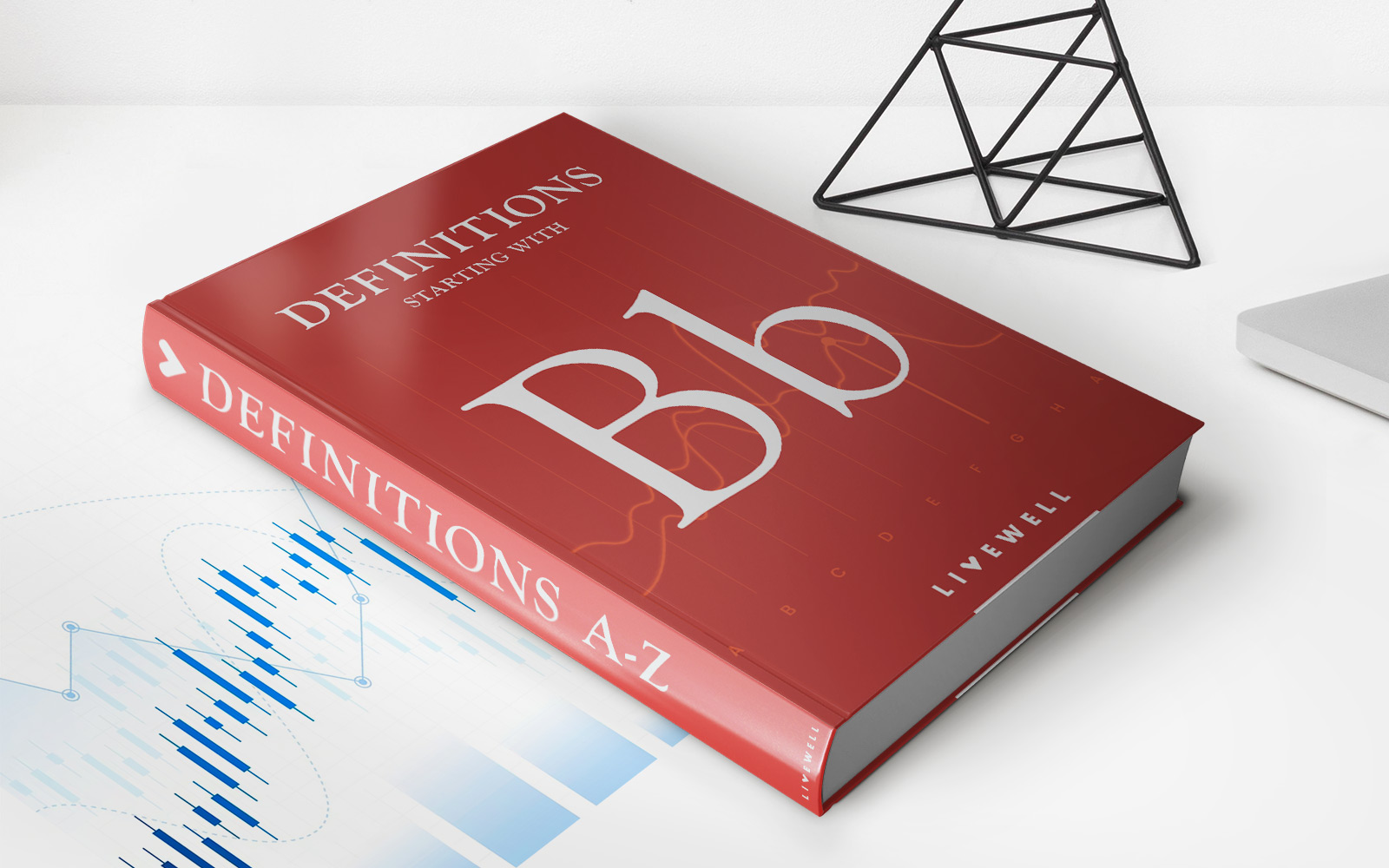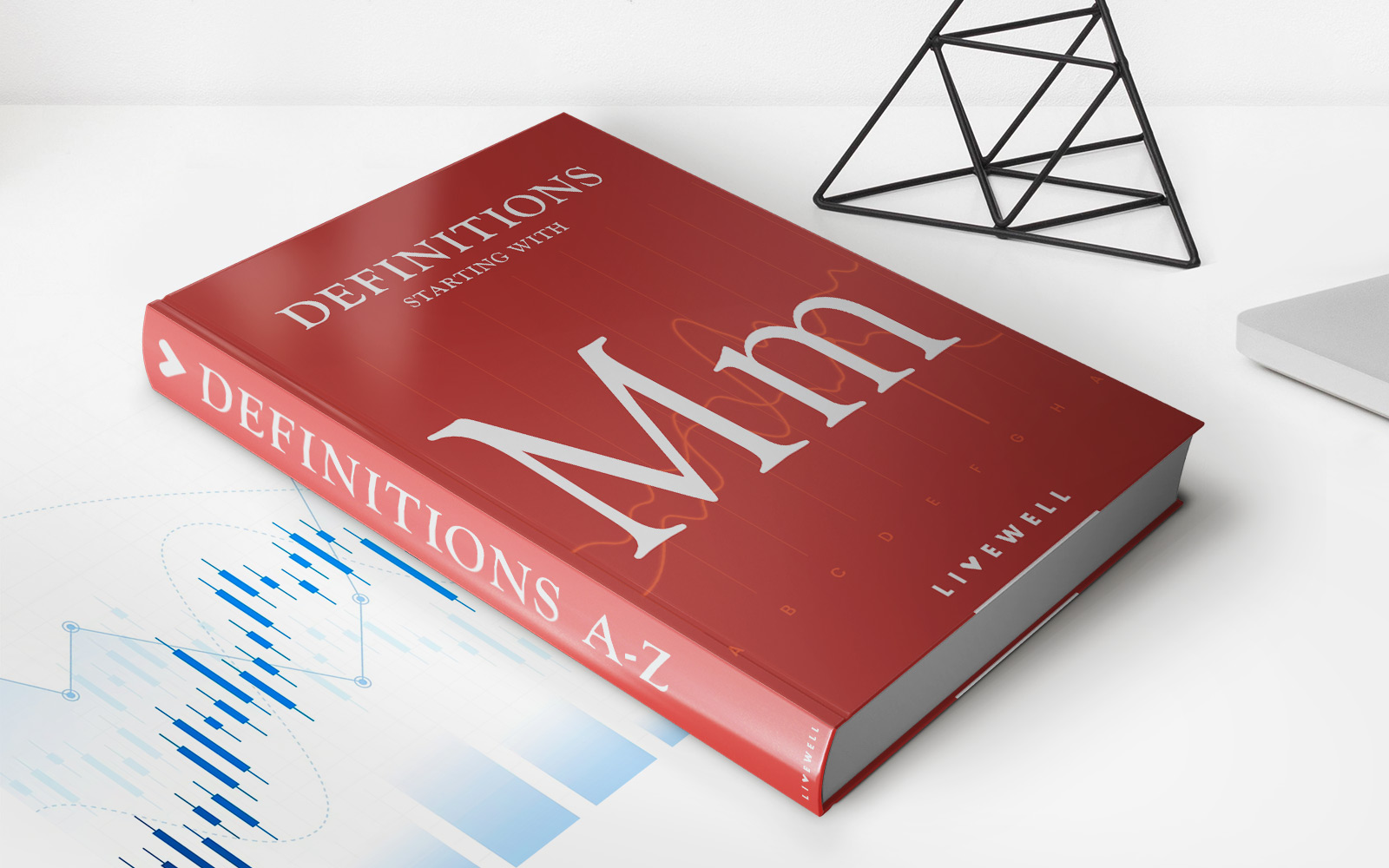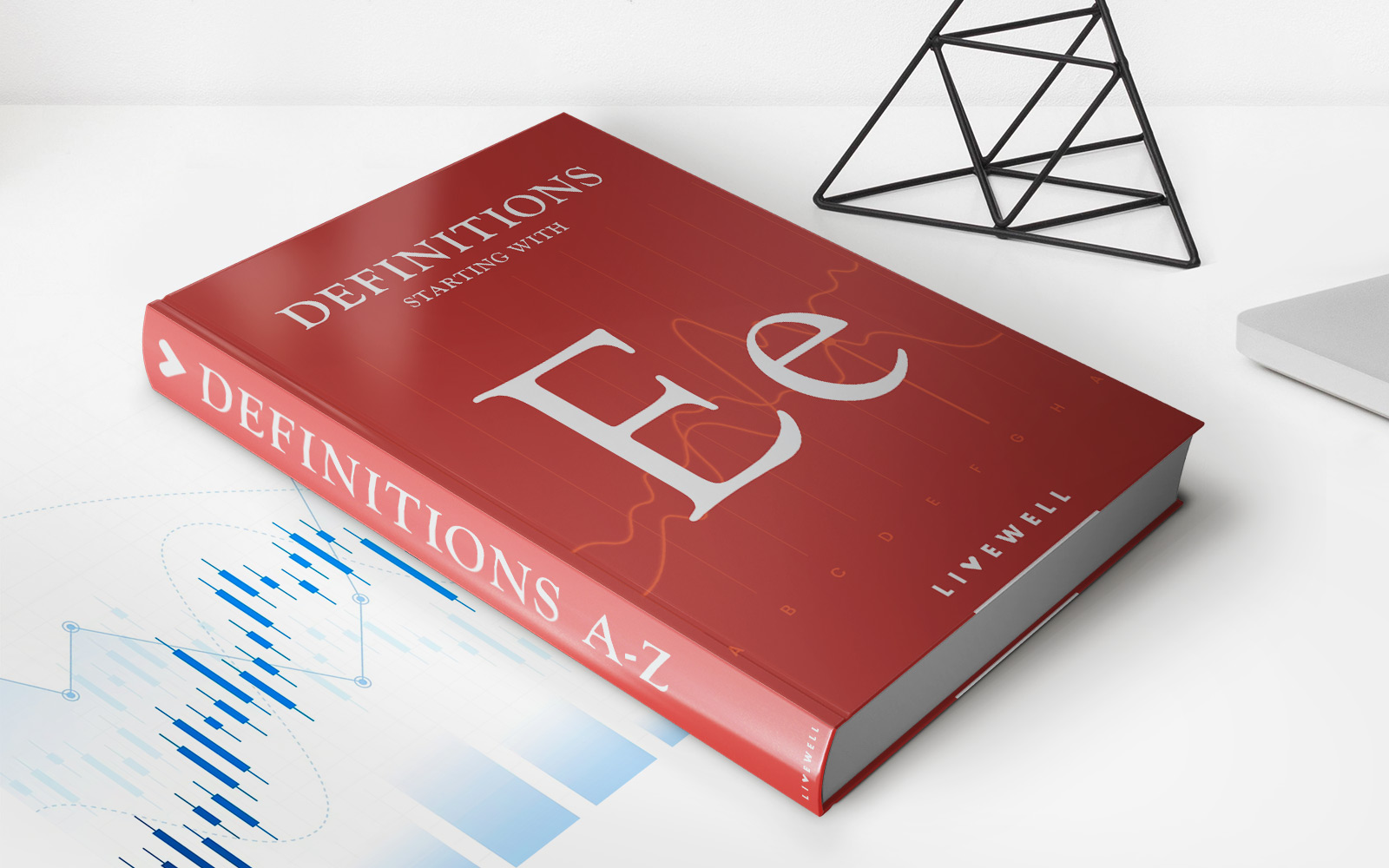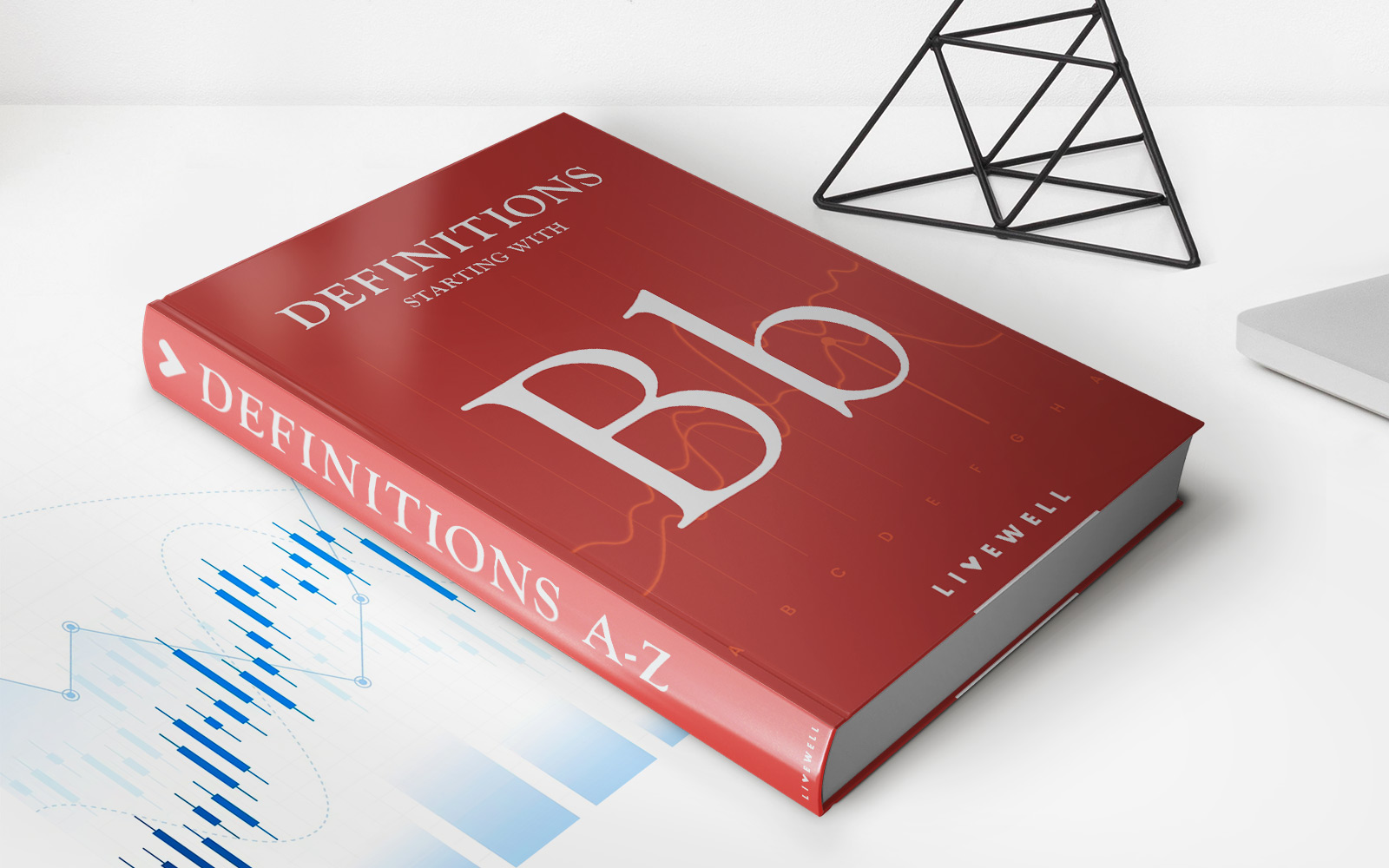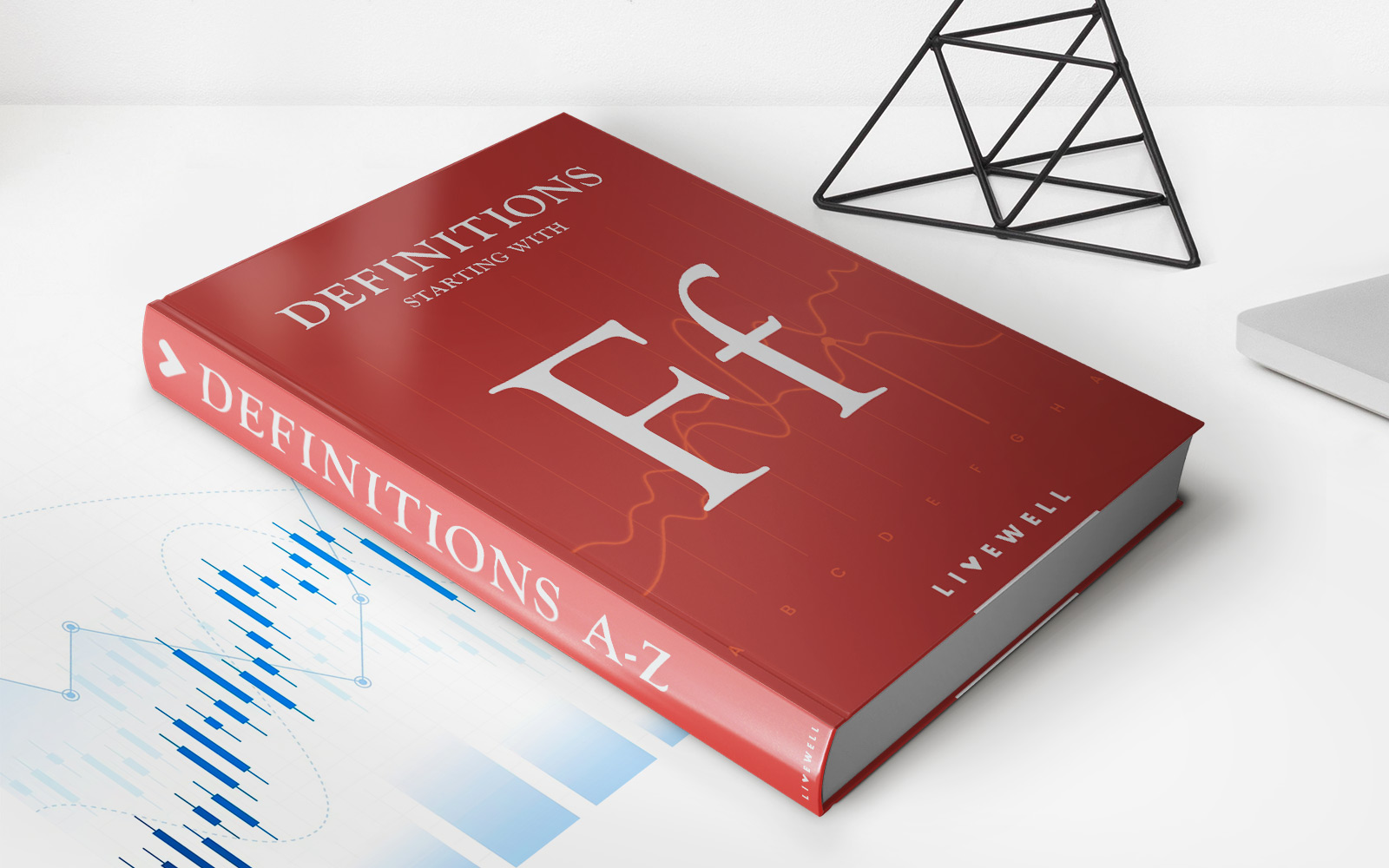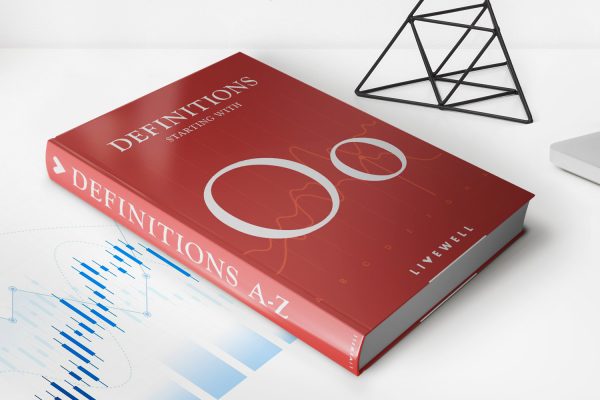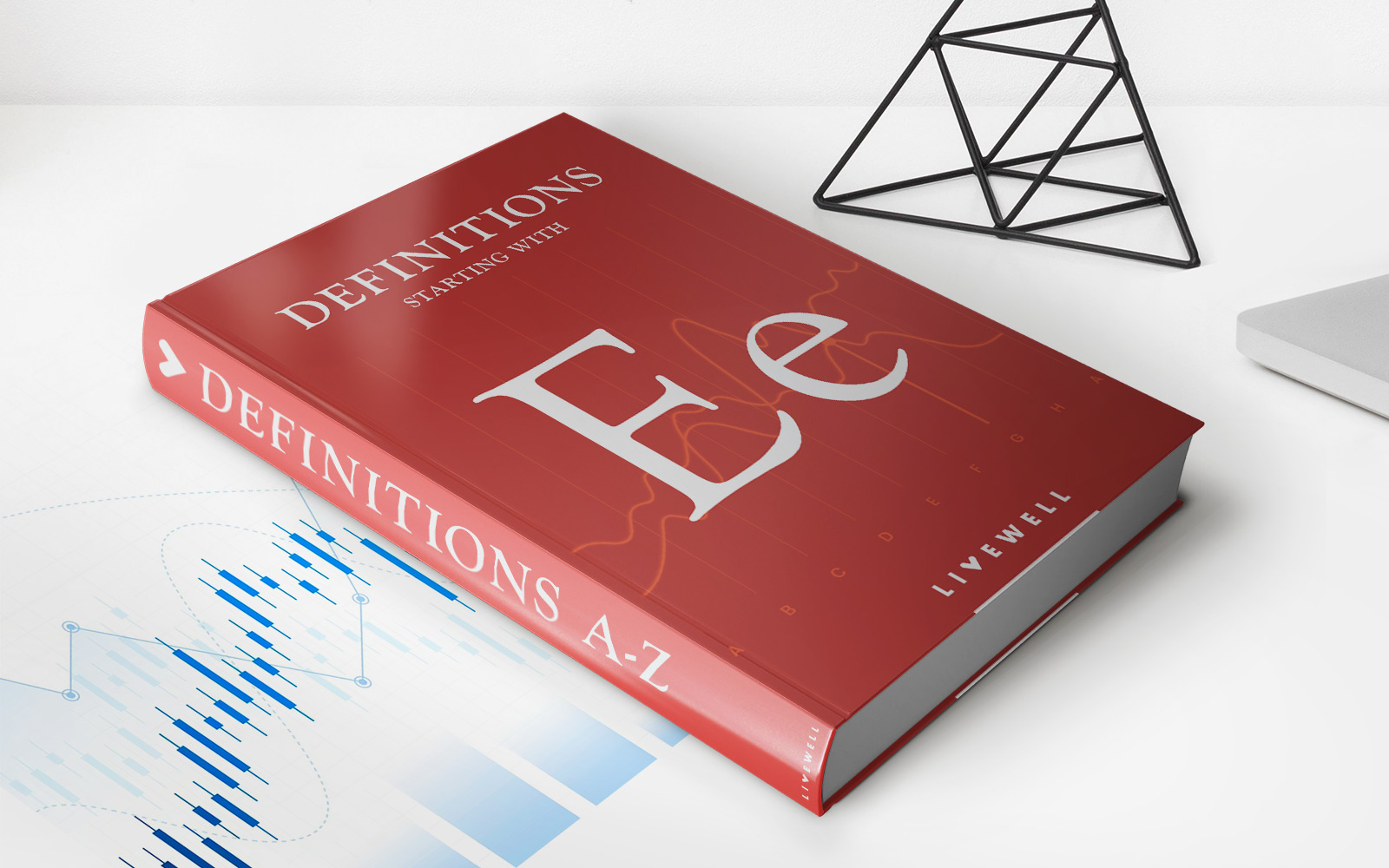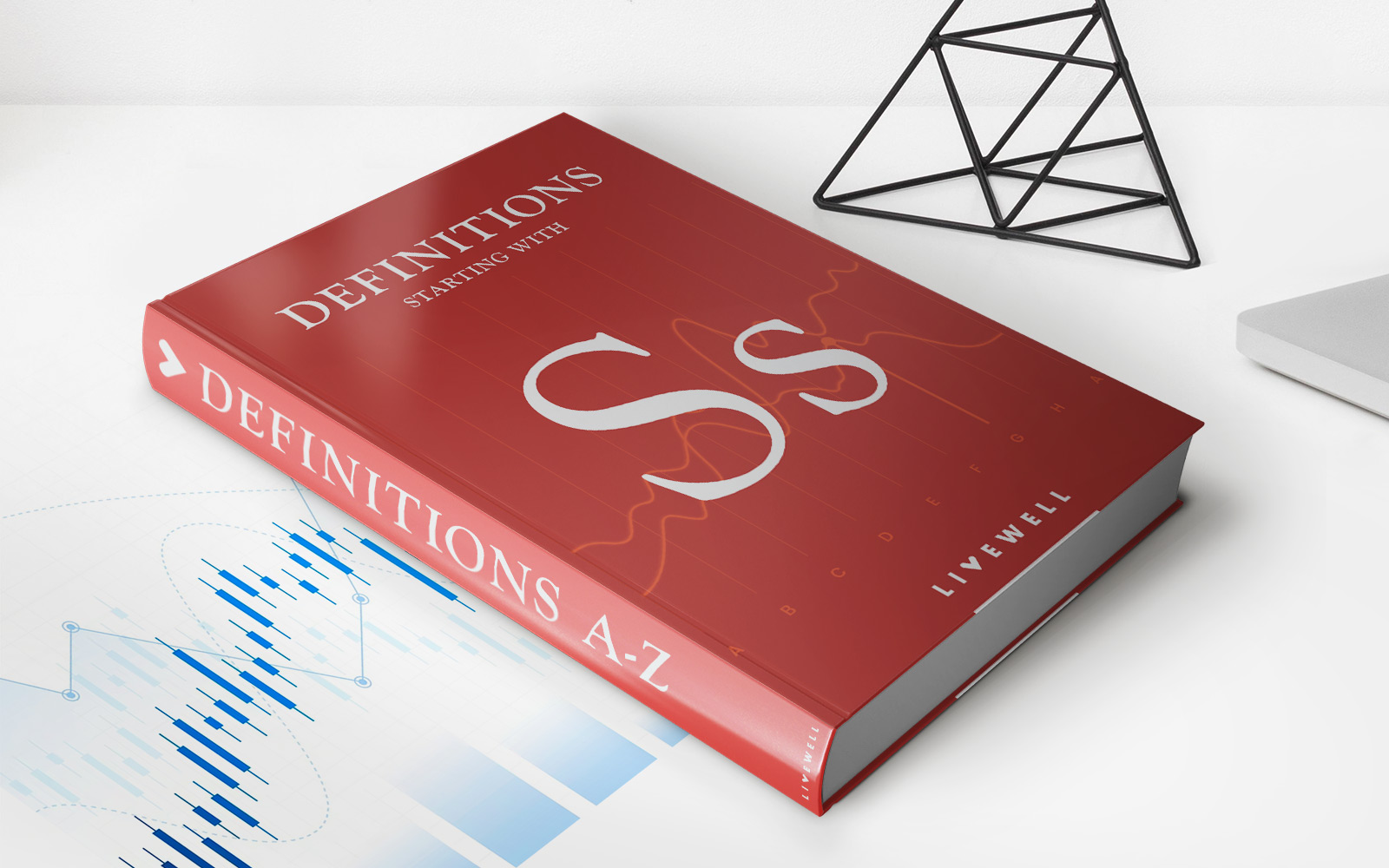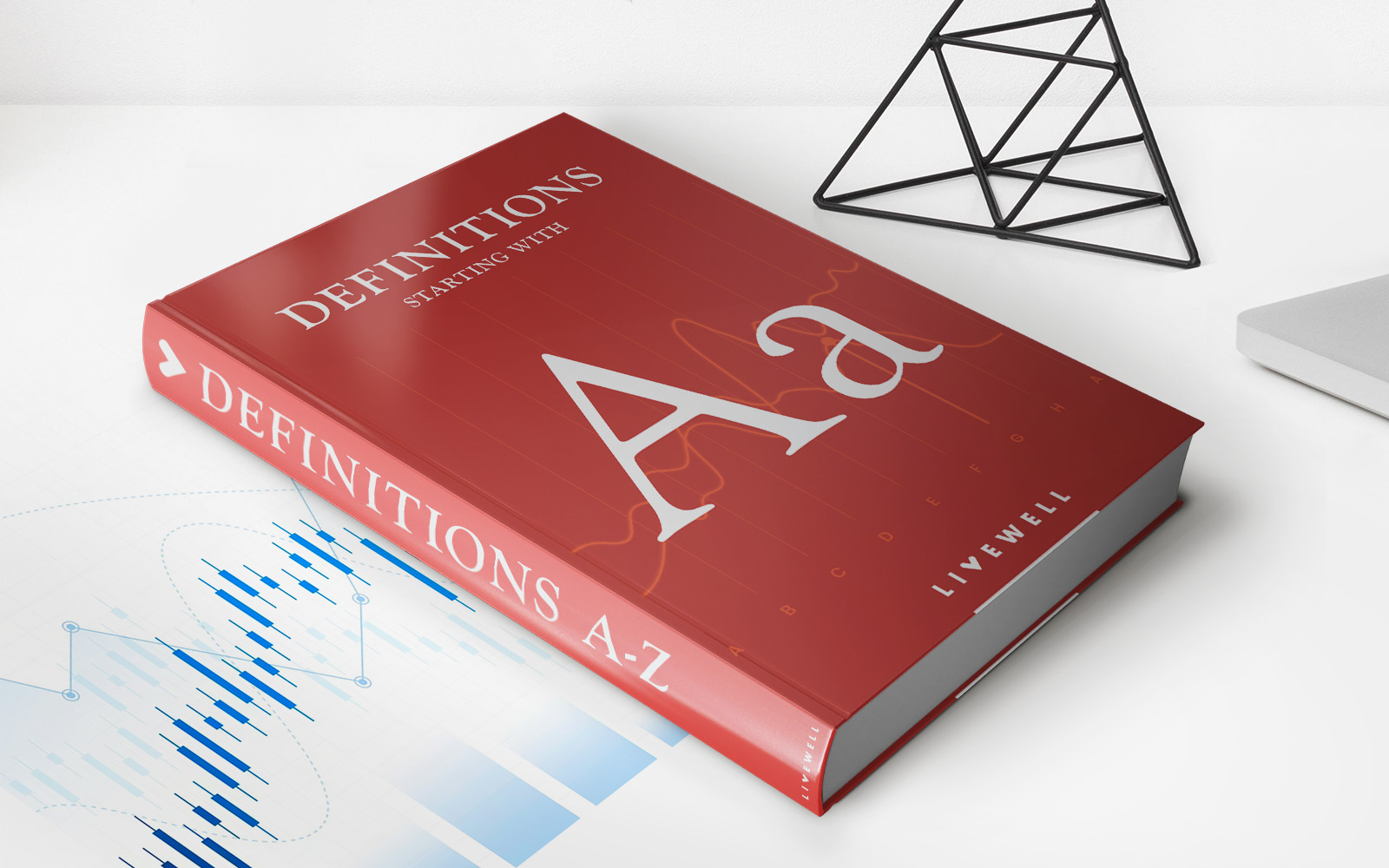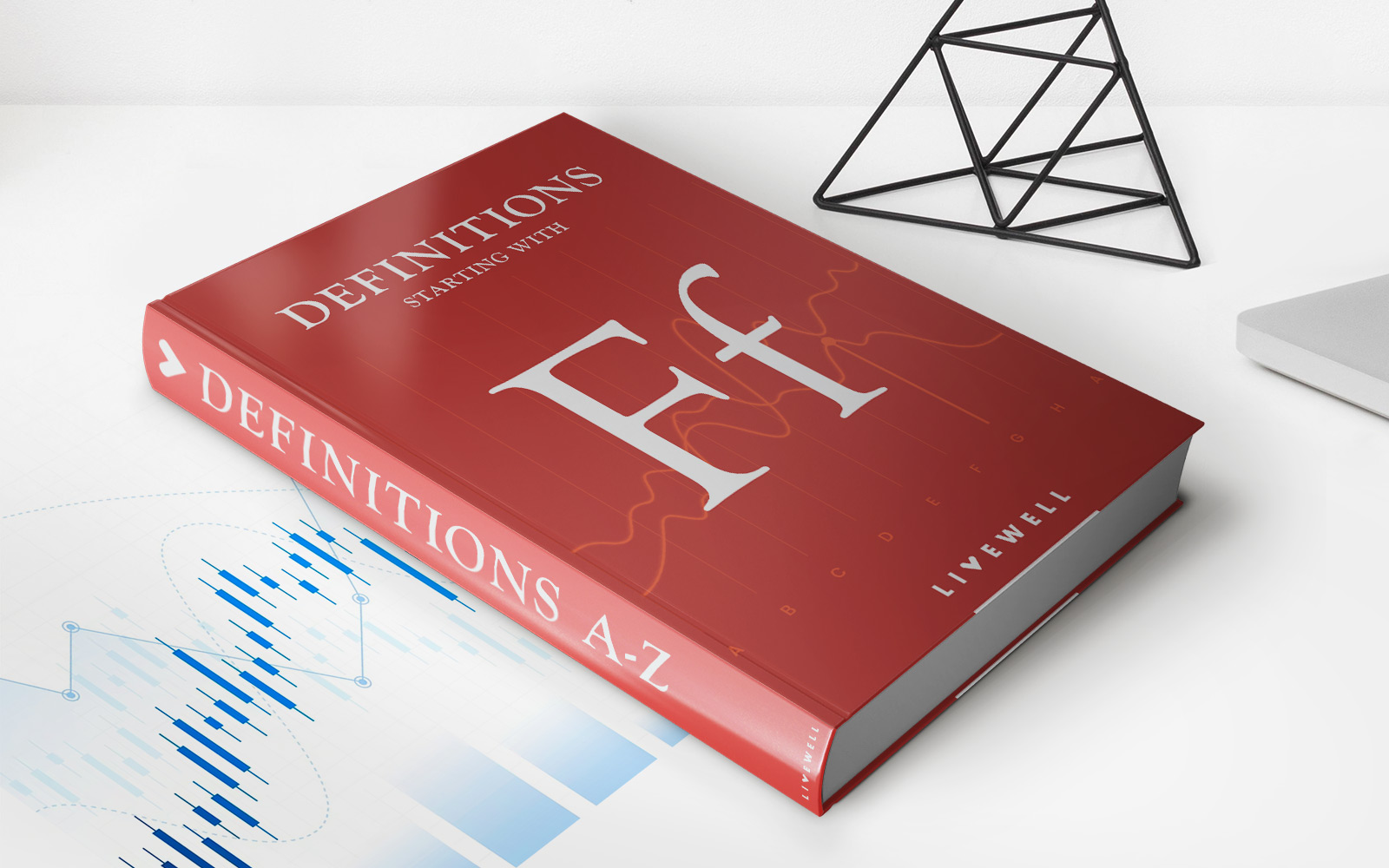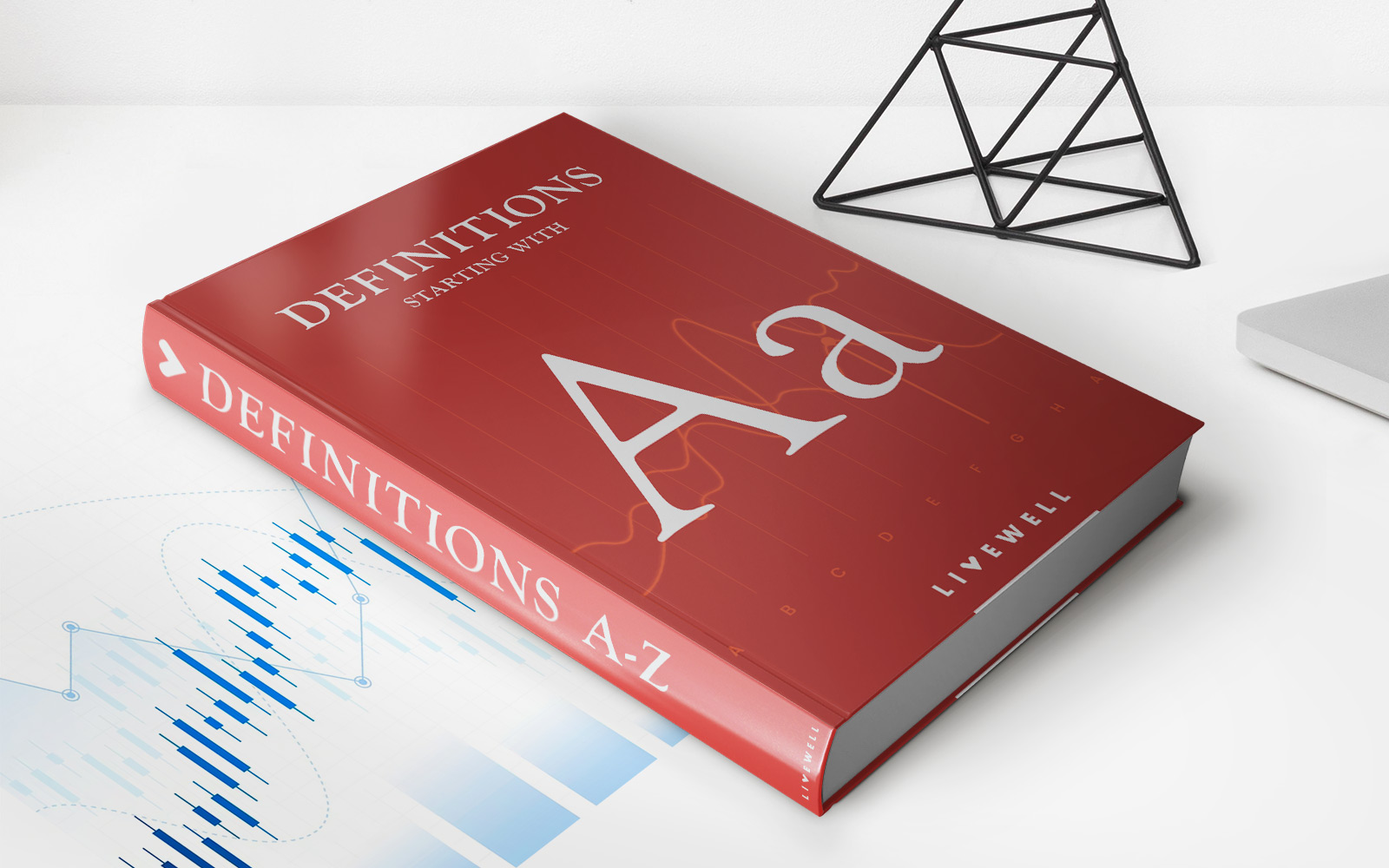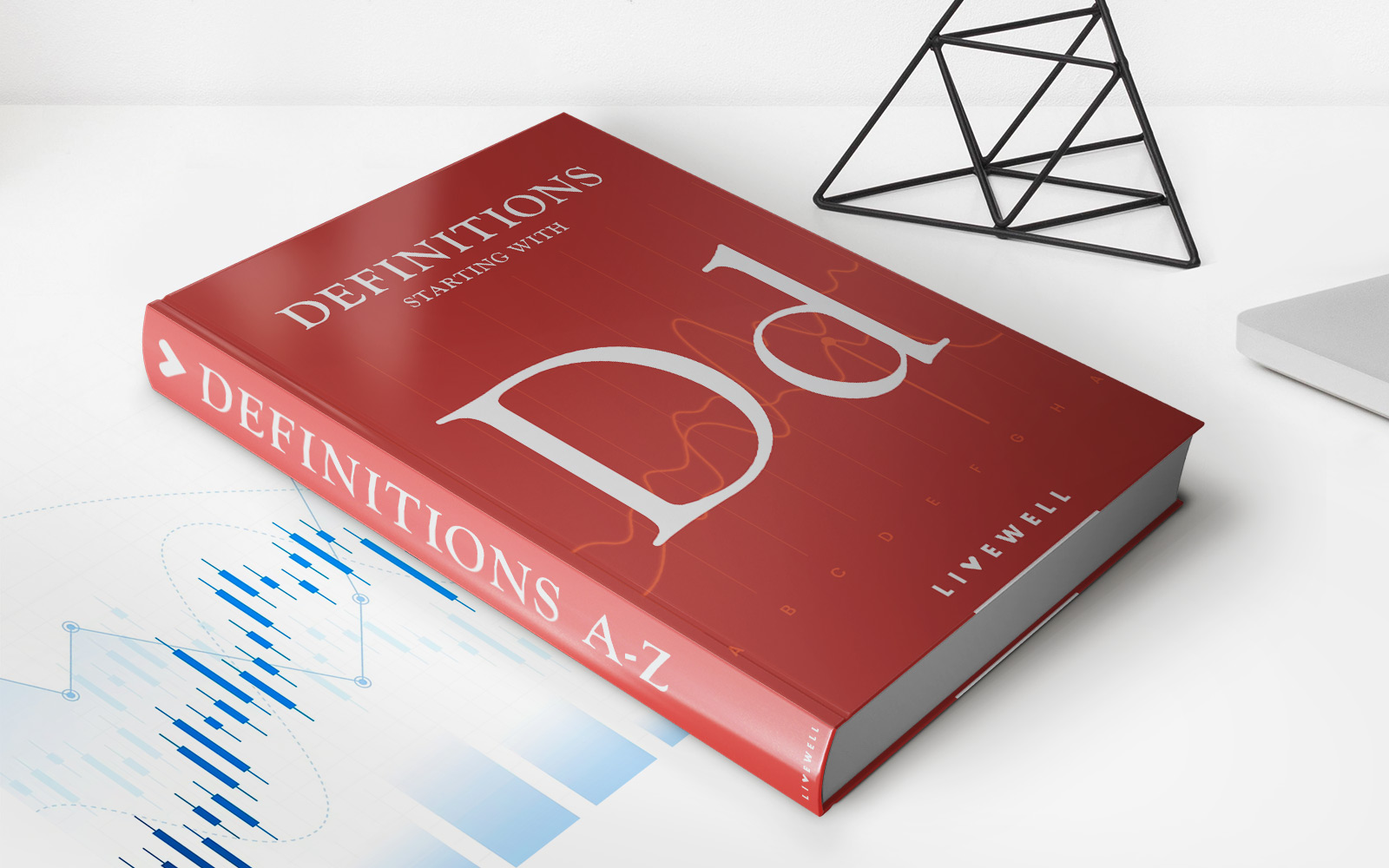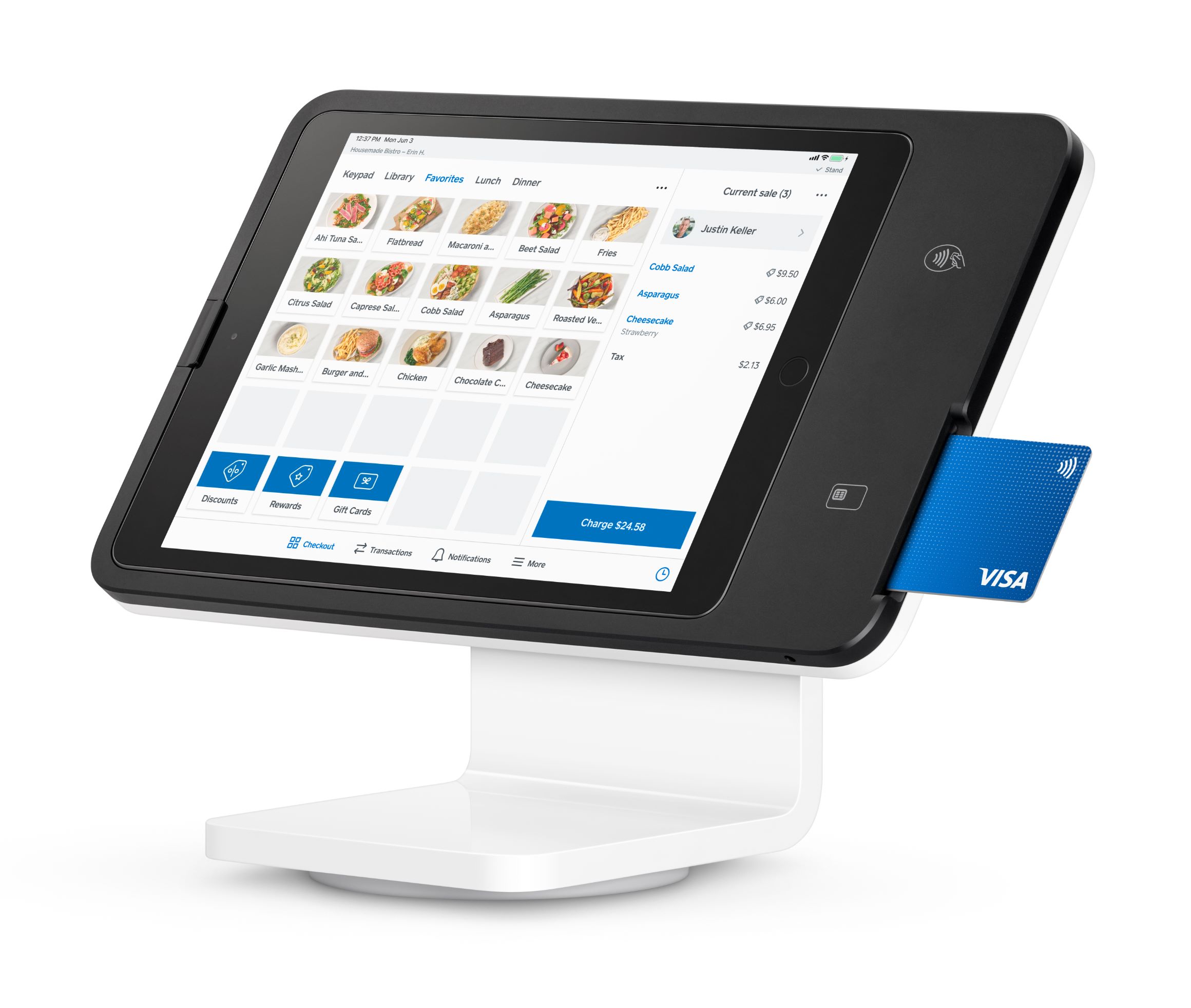Home>Finance>Buying Power (Excess Equity): Definition In Trading And Example
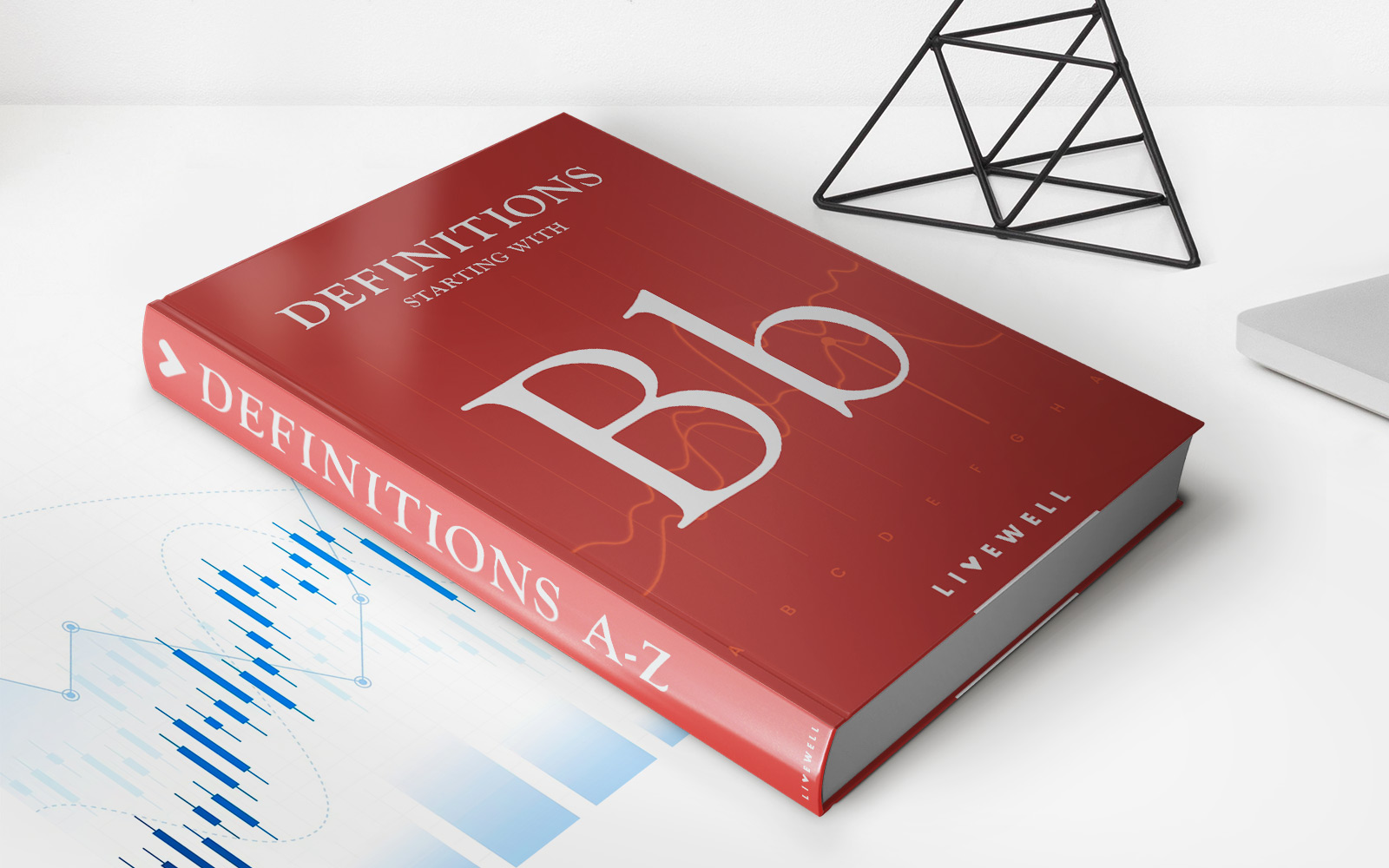

Finance
Buying Power (Excess Equity): Definition In Trading And Example
Published: October 21, 2023
Learn about buying power (excess equity) and its definition in finance trading. Discover an example to understand its significance and impact.
(Many of the links in this article redirect to a specific reviewed product. Your purchase of these products through affiliate links helps to generate commission for LiveWell, at no extra cost. Learn more)
Understanding Buying Power (Excess Equity) in Trading
When it comes to trading in the financial markets, one term that you may come across is buying power, also known as excess equity. But what exactly does it mean, and how does it impact your trades? In this article, we’ll delve into the definition of buying power in trading and provide an example to help you better understand its significance.
Key Takeaways:
- Buying power, also known as excess equity, refers to the amount of capital available for an investor to deploy in their trading activities.
- It is calculated by taking into account the total equity in a trading account and subtracting any used margin.
In simple terms, buying power represents the amount of capital you have at your disposal to make new trades or increase your position size in existing trades. It is an essential metric for traders as it determines the level of leverage they can utilize and the size of the trades they can execute.
Now, let’s dive into a real-world example to illustrate the concept of buying power.
Imagine you have a trading account with a total equity of $10,000. You decide to open a position in a particular stock and allocate $2,000 as margin for this trade. In this scenario, your buying power would be calculated as follows:
- Calculate Used Margin: $2,000 (margin allocated for the trade).
- Calculate Buying Power: $10,000 (total equity) – $2,000 (used margin) = $8,000 (buying power).
In this example, your buying power would be $8,000. This means you still have $8,000 available to open new positions or increase your position size in existing trades. It’s important to note that the buying power can fluctuate as your account equity and margin requirements change due to profits, losses, or additional deposits.
Understanding your buying power is crucial for risk management and determining the appropriate position size for your trades. It allows you to assess the potential risk and reward of each trade more effectively, helping you make informed and strategic decisions in the market.
To summarize, buying power, or excess equity, is the capital available for traders to deploy in their trading activities. It impacts your ability to initiate new positions or increase existing ones. Calculating your buying power involves taking into account your total equity and subtracting any used margin. By understanding your buying power, you can better manage your risk and optimize your trading strategy.
That’s it for today’s article on buying power in trading. We hope this explanation has provided you with a clear understanding of this important concept. Feel free to reach out to us if you have any further questions or need assistance with your trading endeavors.
